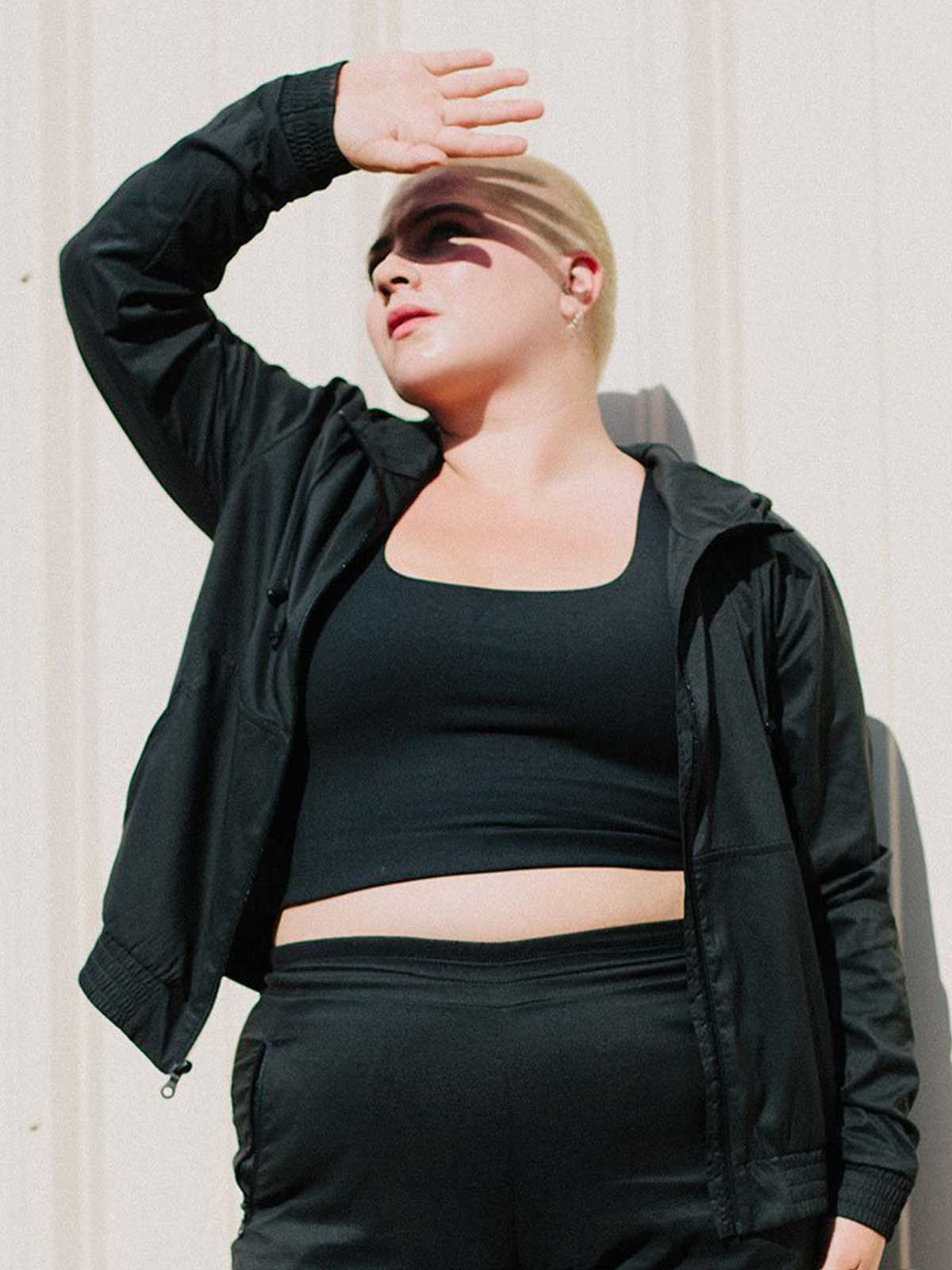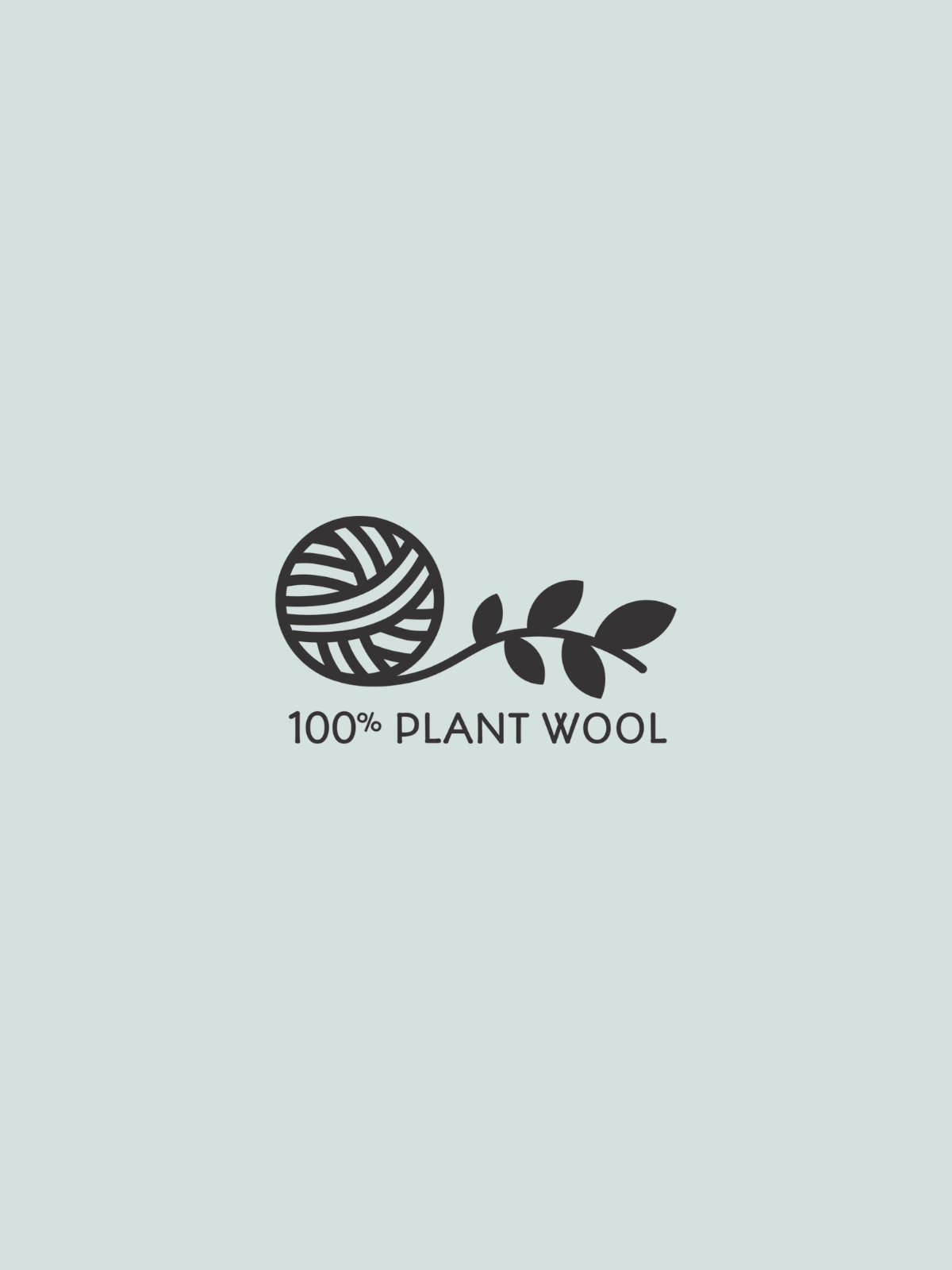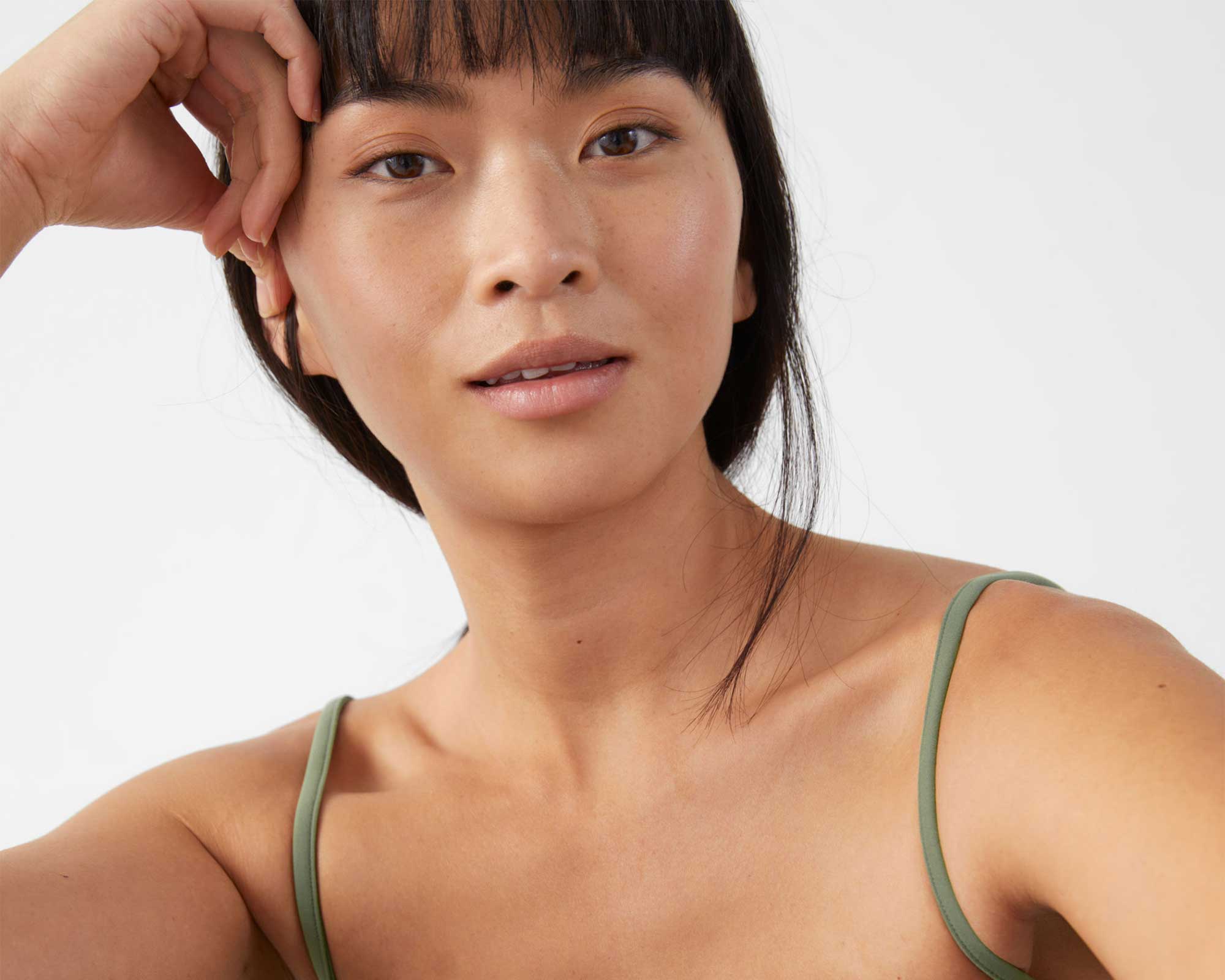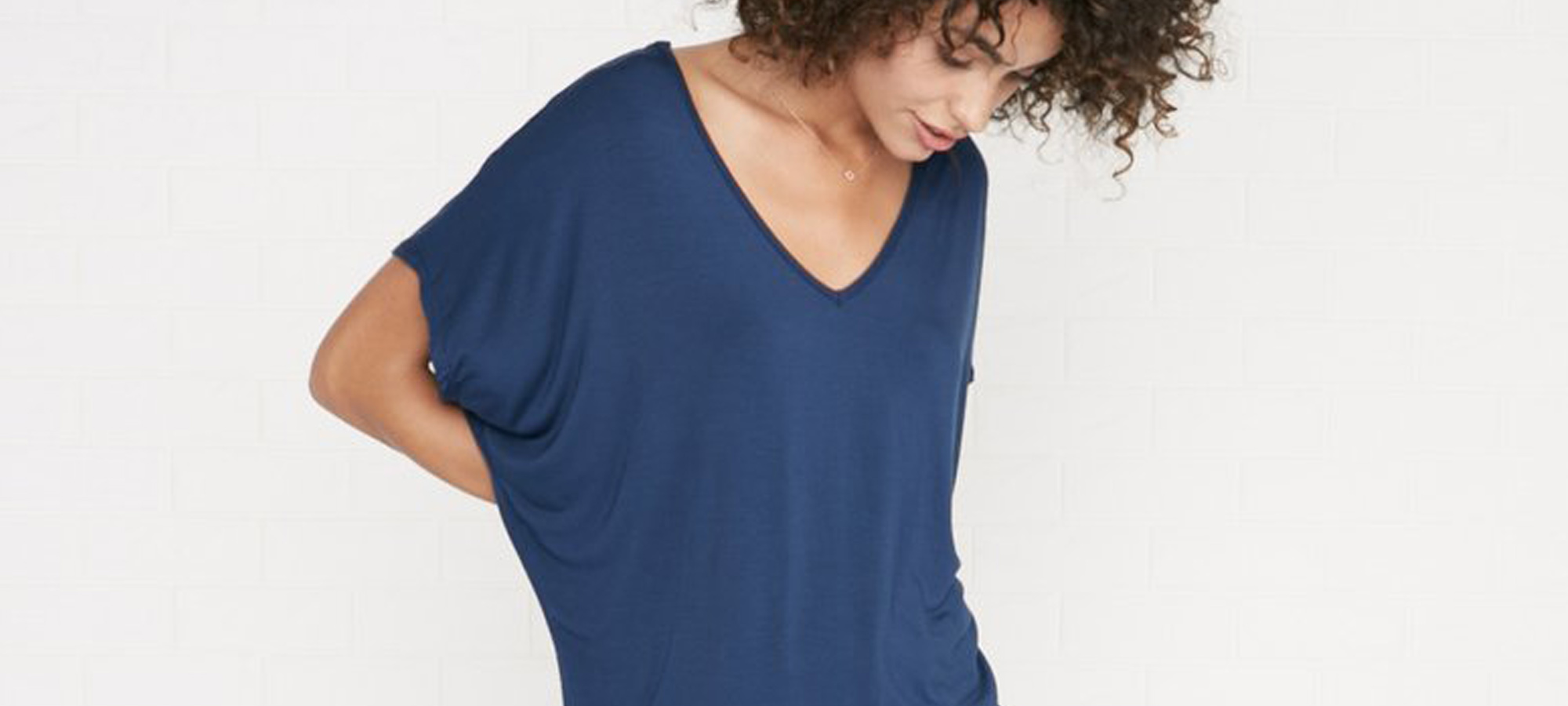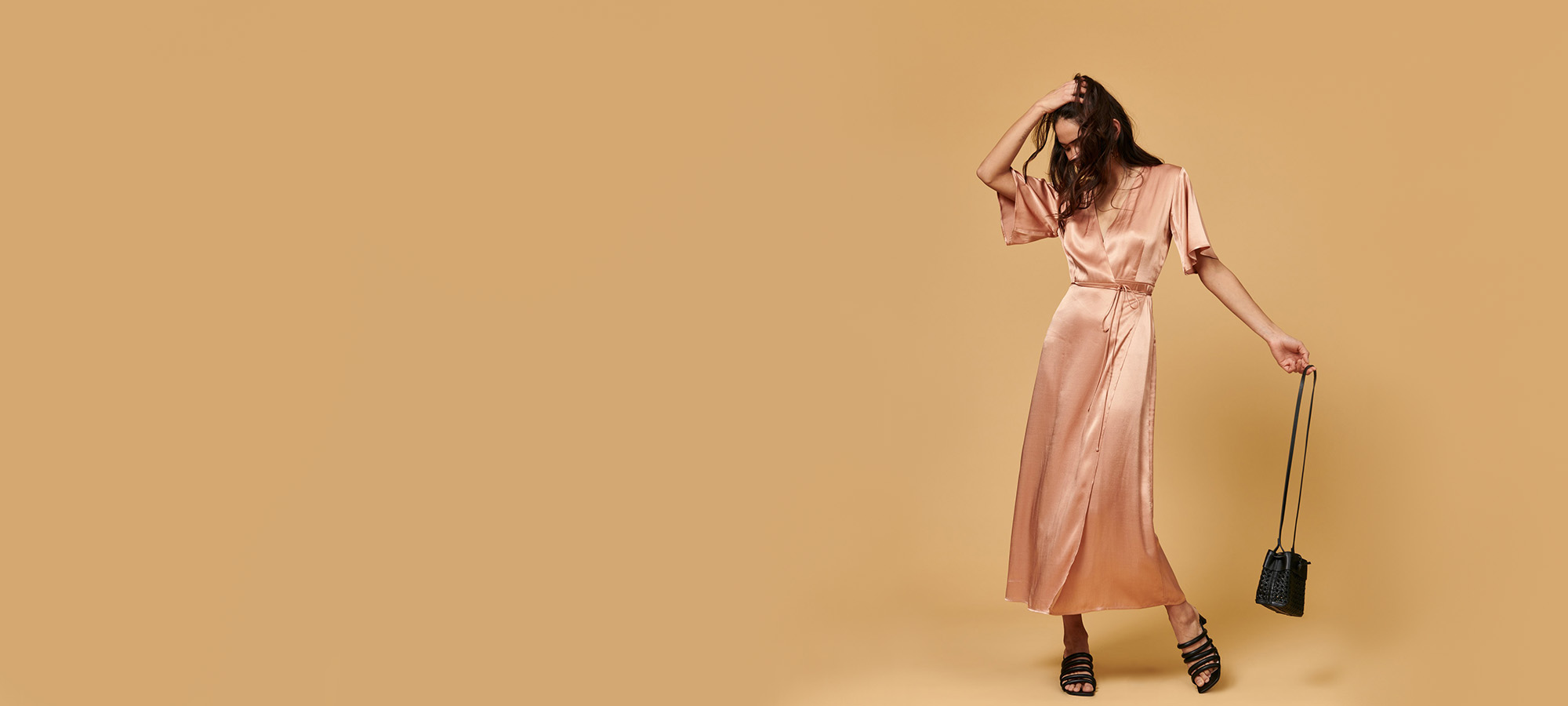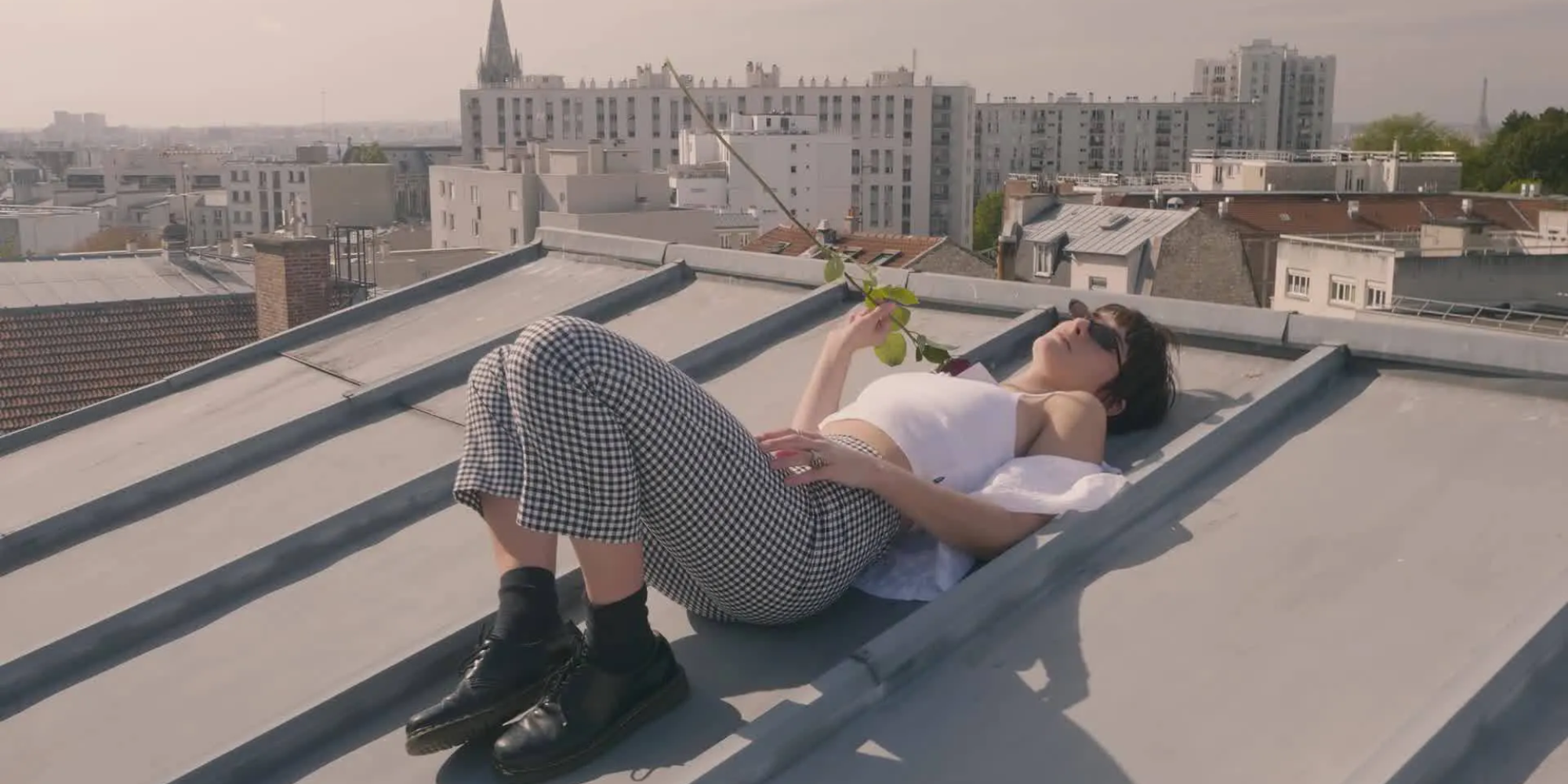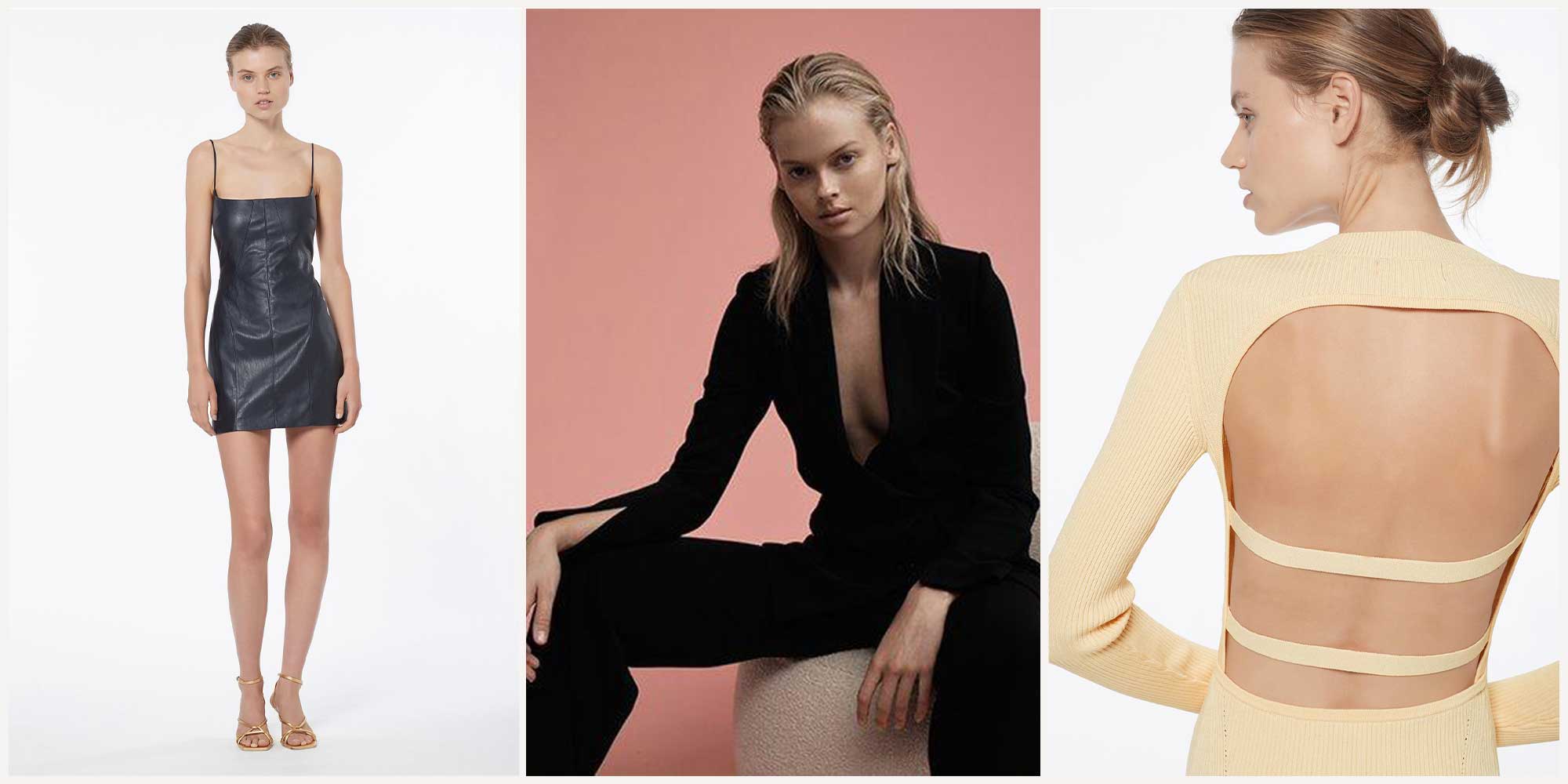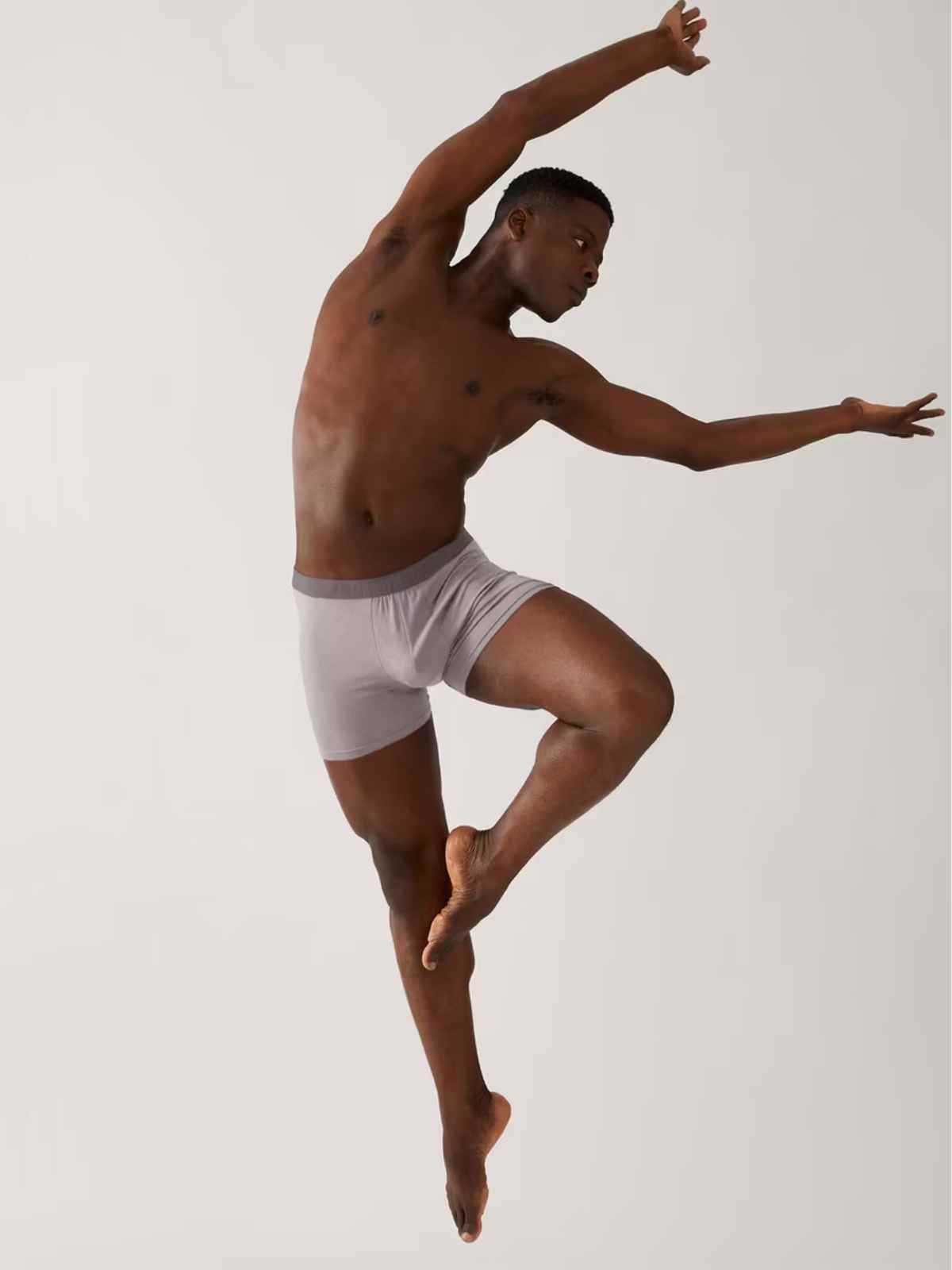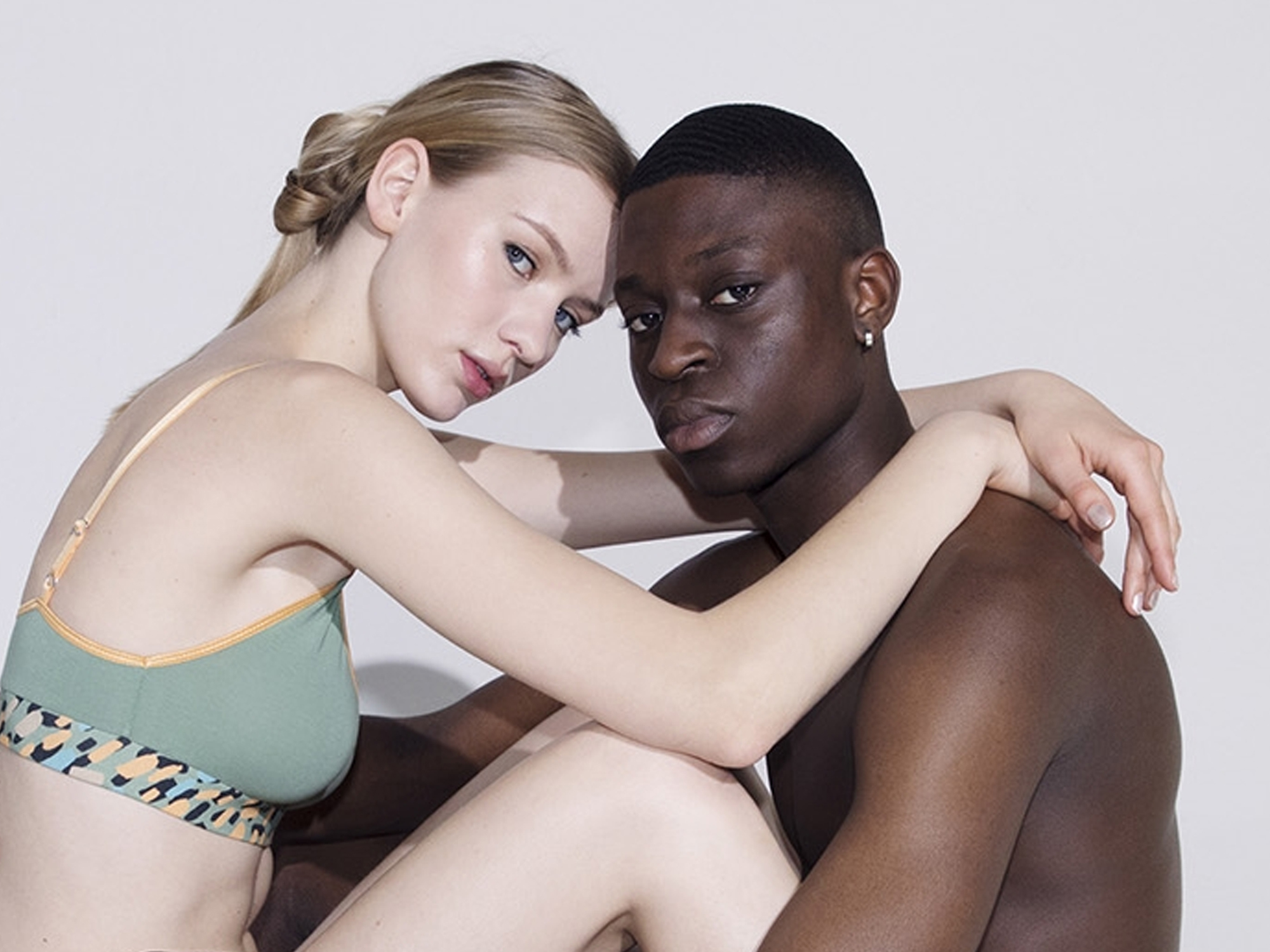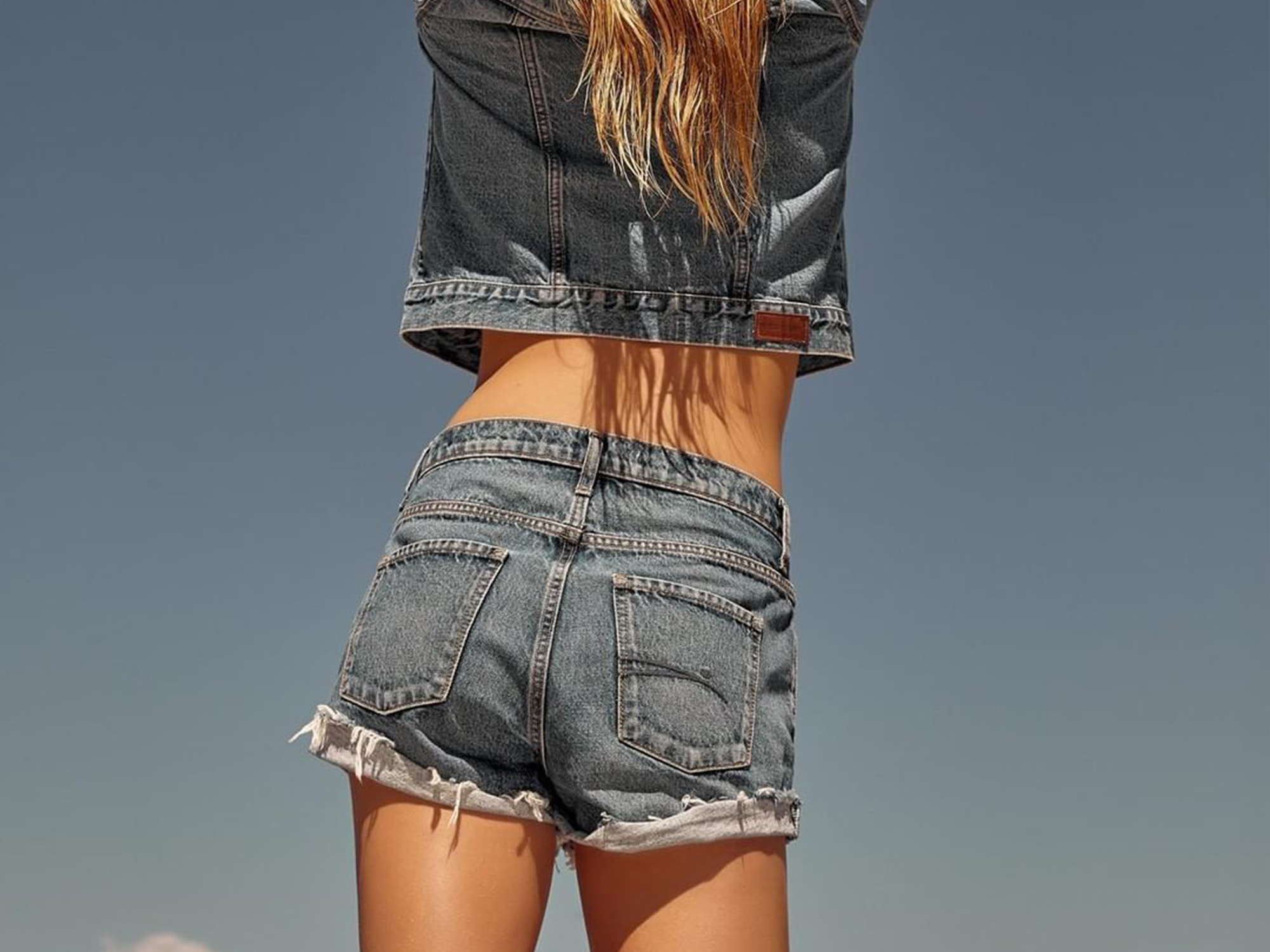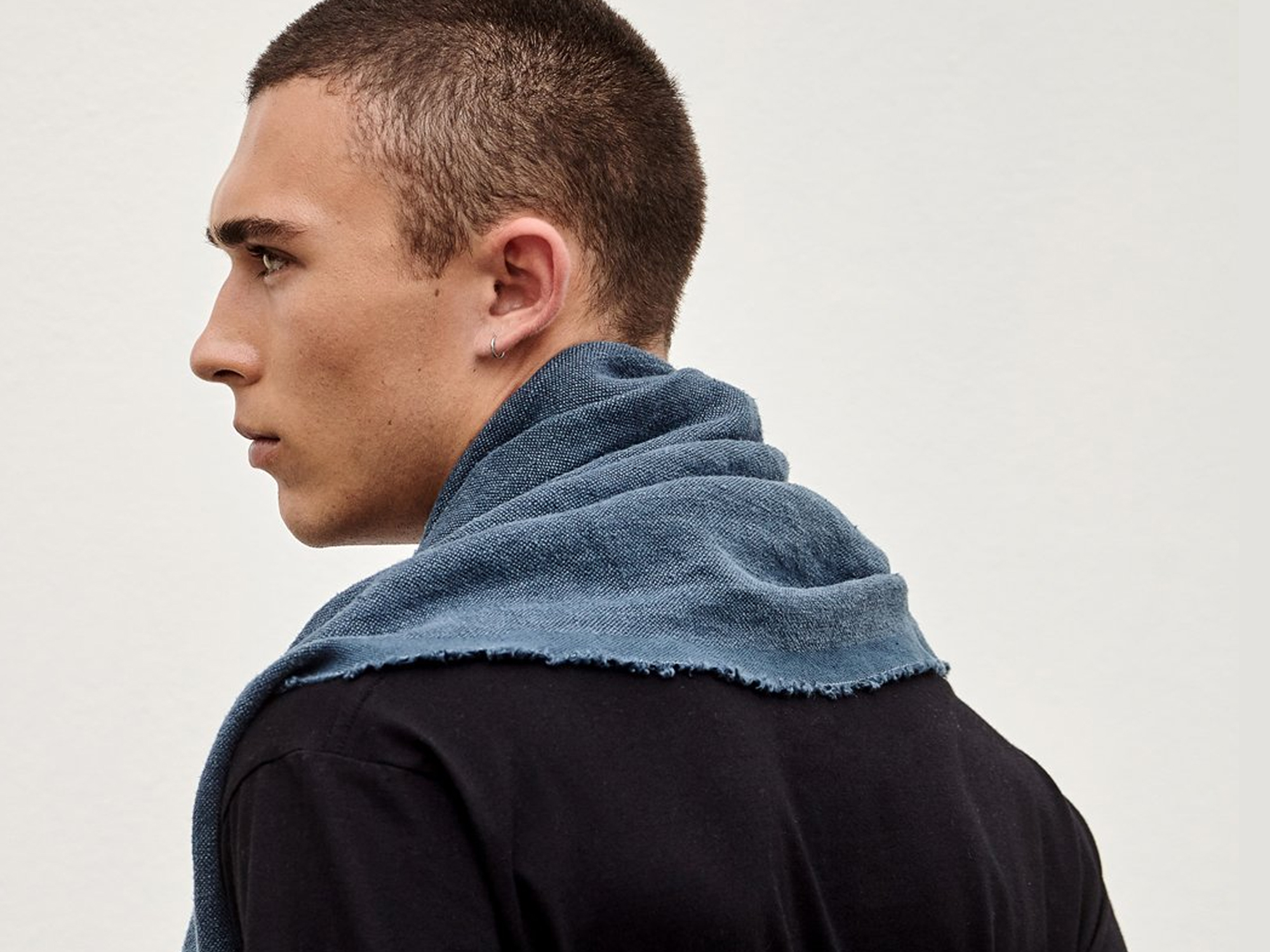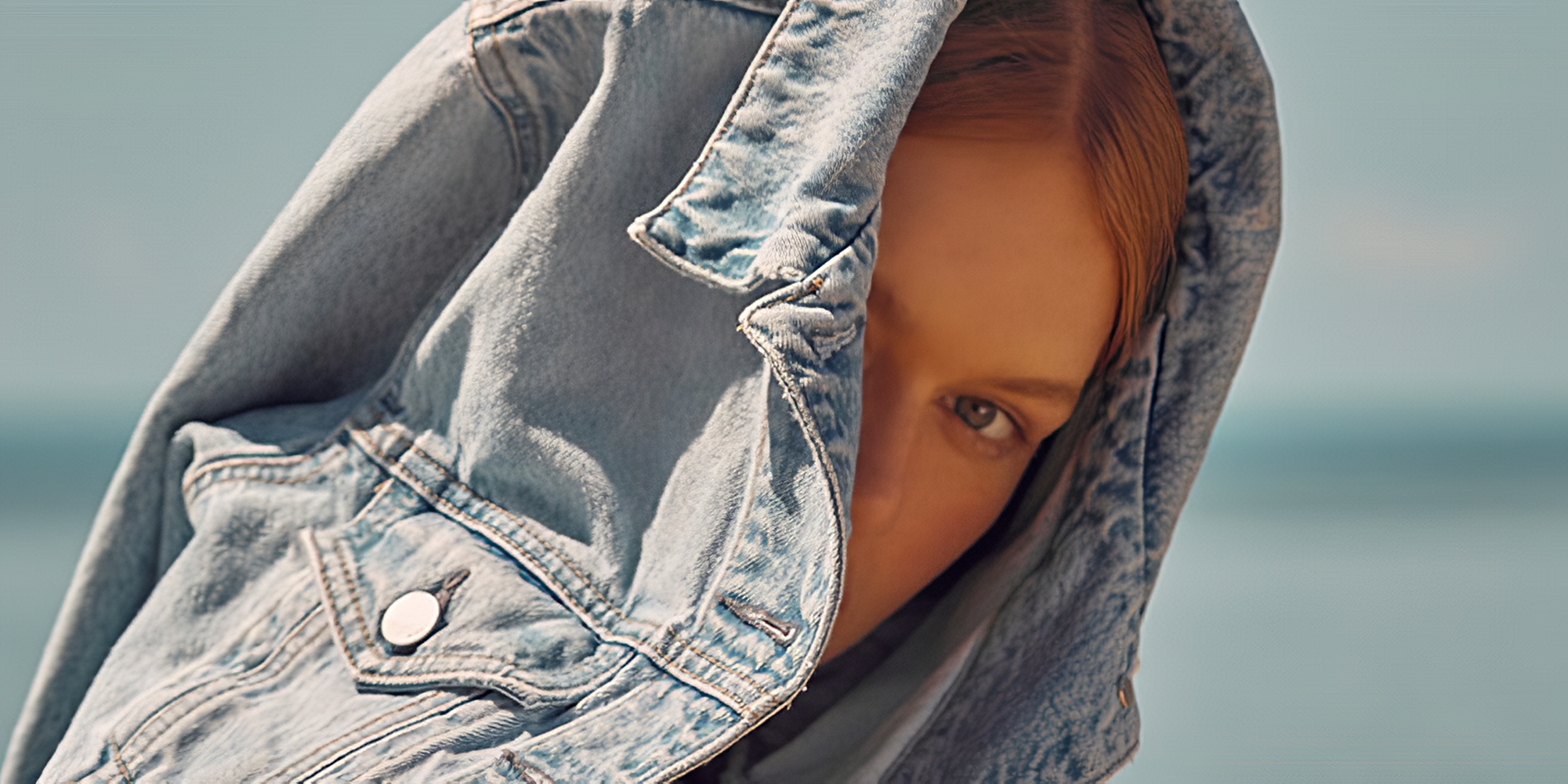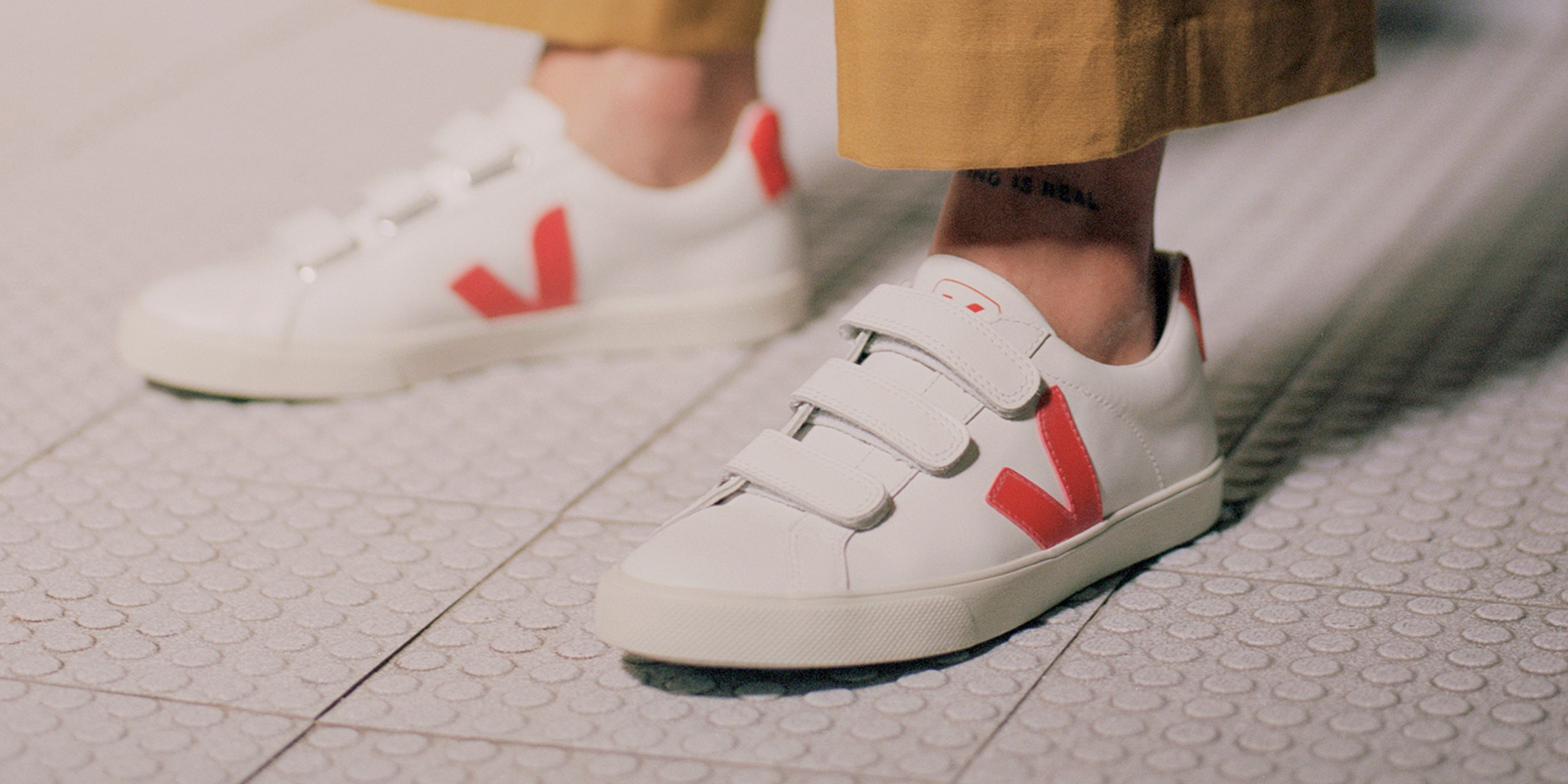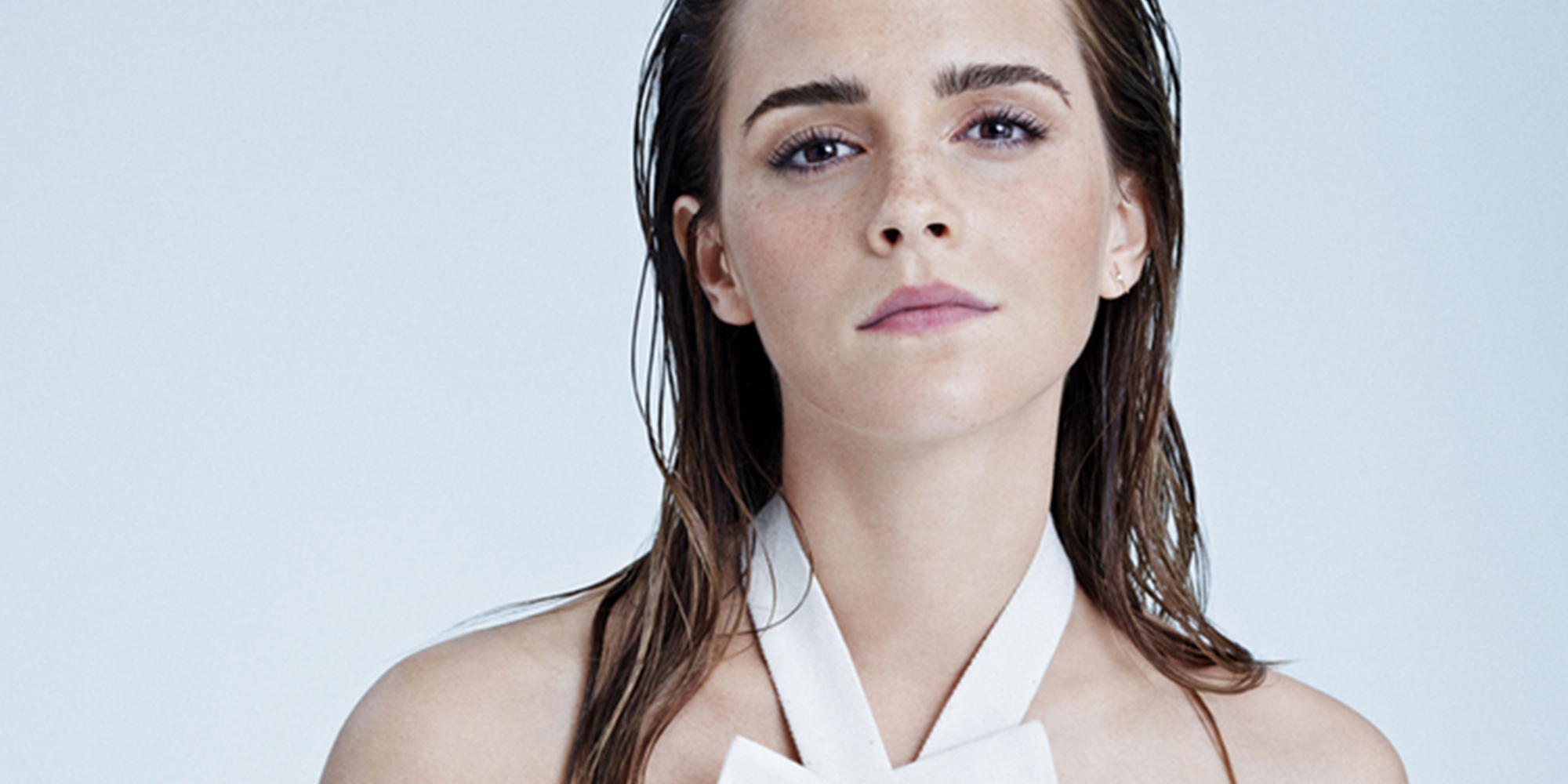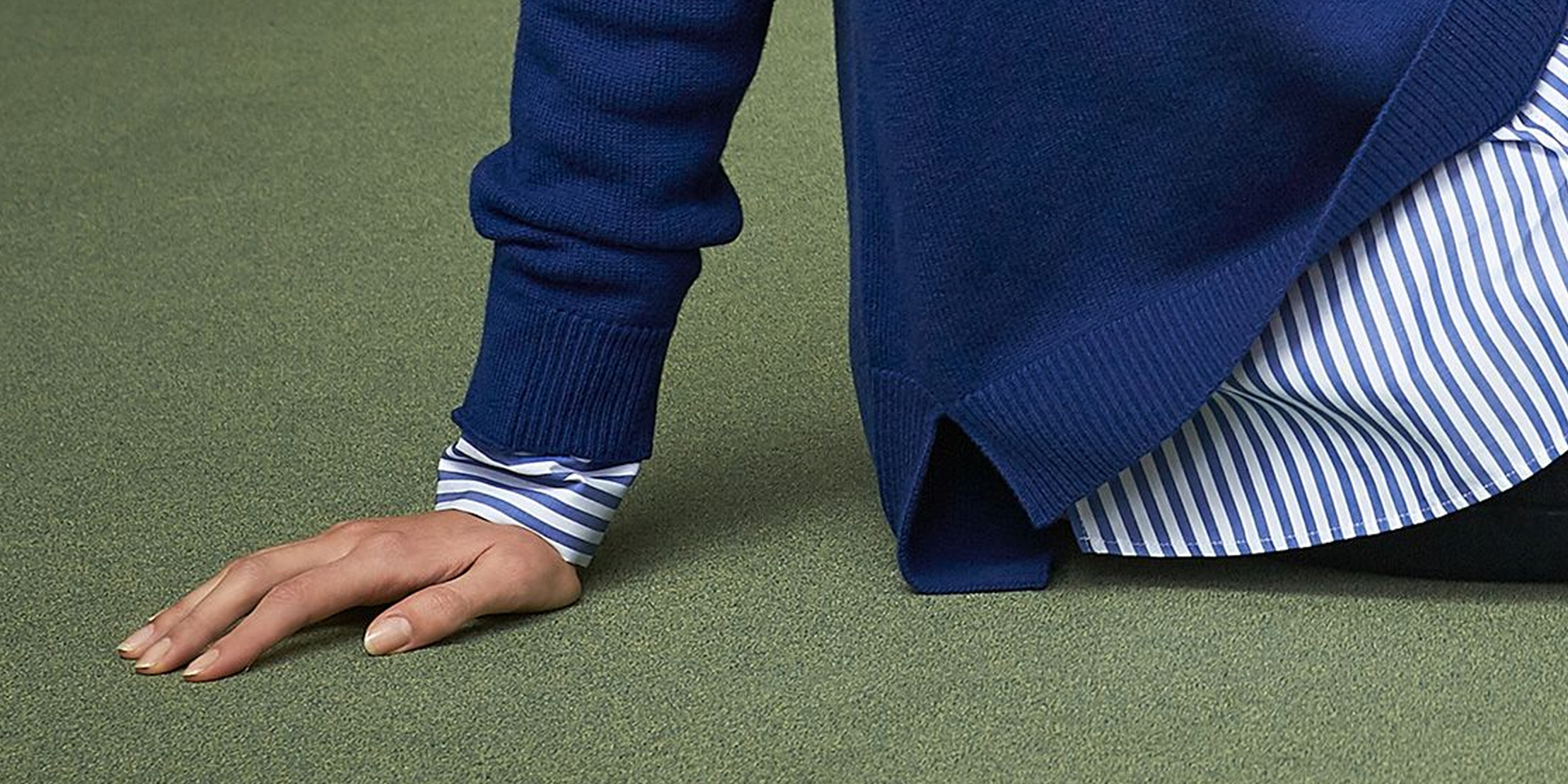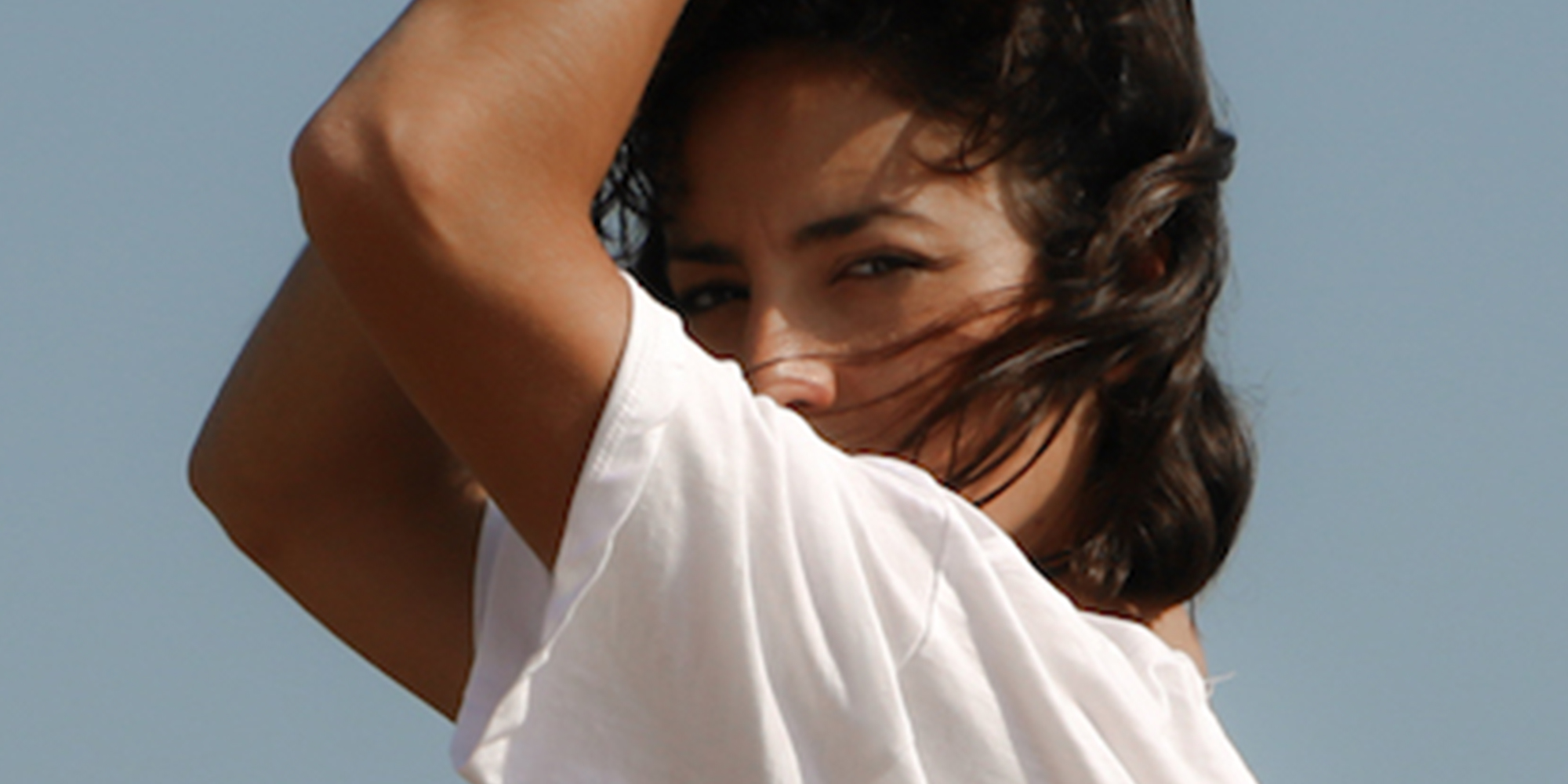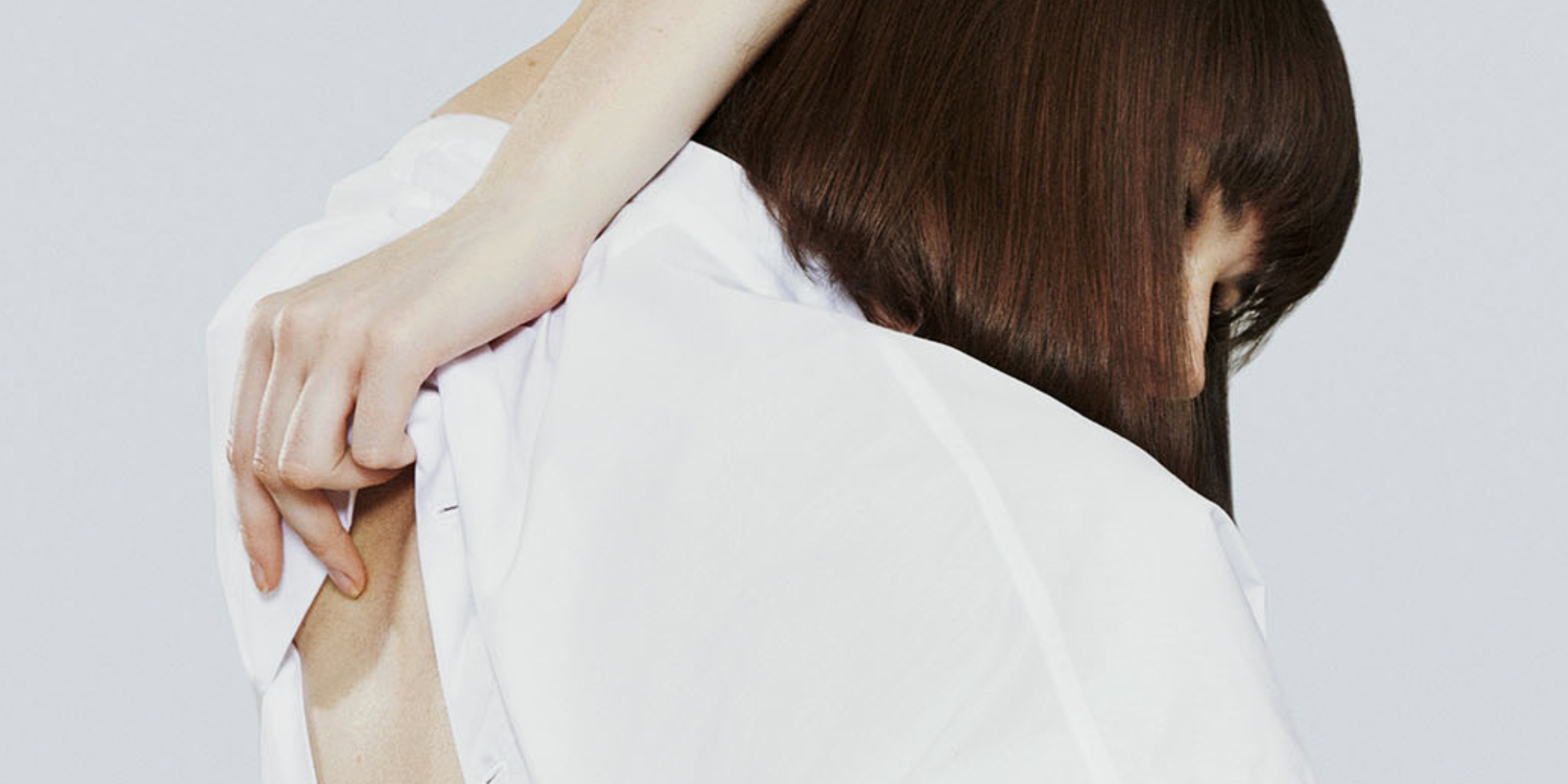Our editors curate highly rated brands that are first assessed by our rigorous ratings system. Buying through our links may earn us a commission—supporting the work we do. Learn more.
At first glance, Swedish fashion label & Other Stories appears to be doing a lot right. With small design ateliers in Stockholm, Paris, and Los Angeles; a minimalistic approach to product collections that are both trendy and timeless, and collaborations with independent designers, including one titled “The Sustainable Collection”, you would be forgiven for assuming the brand is ticking all the right boxes! But if we dig a little deeper, just what kind of stories is this H&M-owned brand telling with its actions for people, the planet, and animals? Just how ethical is & Other Stories? This article is based on the & Other Stories rating published in February 2022.
Environmental Impact
The first and most important thing to know when thinking about the sustainability of & Other Stories is that it is owned by H&M. While it prides itself on its points of difference, like smaller collections and in-house design, the fact remains that everything that goes on behind the scenes is done by H&M. So, what then does the environmental impact of & Other Stories look like?
Well, to put it simply, the brand is making a start. Its rating of ‘It’s A Start’ in this category is signalled by a few key things. Firstly, it uses some eco-friendly materials, like organic cotton. In its Sustainable Collection mentioned earlier, it featured other good fabrics like Lyocell as well. It also has a policy approved by CanopyStyle to prevent deforestation of ancient and endangered forests in its supply chain, which is another positive. But here’s the kicker: like parent-company H&M, it’s a fast fashion brand. This means on-trend styles and too-regular new arrivals. On top of that, it has set a science-based target to reduce greenhouse gas emissions generated from its own operations and supply chain—cool!—buuuut there is no evidence it is on track to meet its target. Not so cool. The goal is also set for 2040, which in climate crisis terms is a literal world away.
Labour Conditions
Here, again, & Other Stories—basically, H&M—is doing some things right, and some things not-so-right. That’s why it gets ‘It’s A Start’ for people, too.
Almost none of its supply chain is certified by labour standards which ensure worker health and safety, living wages, or other labour rights, which is a big red flag. However, at least it’s more transparent than a lot of other big brands out there: it publishes detailed information about its suppliers and supply chain policies, and received a decent score of 71-80% in the Fashion Transparency Index. While it has a project to improve wages in its supply chain, there is no evidence it ensures payment of a living wage. It also discloses some policies to protect suppliers and workers in its supply chain from the impacts of COVID-19, but again, implementation is uncertain. While it’s a good start to let the public see behind the curtain, perhaps improving what is actually going on back there would improve the brand’s score here. Ensuring payment of a living wage, for one thing! Considering H&M Group rakes in almost $2 billion worth of profit every year, this shouldn’t be out of reach.
In mid-2020, & Other Stories came under fire for the use of a racial slur on an internal system. This isn’t a one-off incident, and H&M especially has had its share of issues with BIPOC representation over the years. The brand did respond immediately by removing the offensive term and the one who wrote it from the company, and said it would be “undertaking conscious and unconscious bias training for employees, as well as increasing diversity on the management teams and the board of directors.” Let’s hope it sticks to its word!
Animal Welfare
For the animals, too, & Other Stories gets ‘It’s A Start’. On the one hand, the brand has a formal animal welfare policy aligned with Five Freedoms. It uses down accredited by the Responsible Down Standard, and states that it sources wool from non-mulesed sheep. You also won’t find any fur, angora, or exotic animal skin in the garments. On the other hand, it only traces some animal products, and only to the first stage of production. It also uses leather and exotic animal hair without disclosing their origins. This means the welfare of the animals in the supply chain can’t be guaranteed. We can only hope the brand sticks to its goal of using only fabrics that are “recycled or sourced in a more sustainable way by 2030”, and that it clarifies what that means, exactly.
Overall Rating: It’s A Start
It will come as no surprise that & Other Stories, much like H&M, has received an overall rating of ‘It’s A Start’ for all the reasons mentioned above. Note that Good On You ratings consider 100s of issues and it is not possible to list every relevant issue in a summary of the brand’s performance. For more information see our How We Rate page and our FAQs.
While the brand is taking some good steps across the board, it still has a way to go before it can be considered an ethical or sustainable brand by consumers in the know.
Luckily, there are a myriad of similar brands out there doing their bit for people, the planet, and animals. Take a look below!
Good Swaps
Ethical alternatives to & Other Stories


